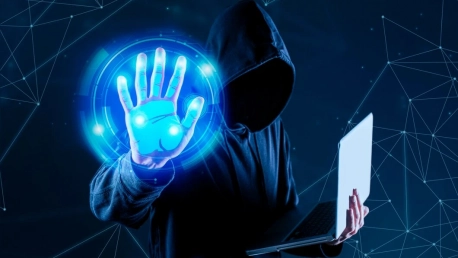In today’s world, utilities are as central as power lines, and with the surge of cyber attacks, their defense systems must be impenetrable. Cyber threats target not only individual data but the very infrastructure that keeps society running smoothly. To combat this, utilities must implement top-tier security protocols. This includes continuous monitoring of systems, investing in robust cybersecurity technologies, regular training for employees on the latest threats and safety measures, and developing a comprehensive incident response plan to quickly tackle any breaches. Cooperation with other utilities and sharing information on threats can also strengthen defense strategies. Adhering to these best practices is not optional; it’s a necessity to maintain the integrity of services that millions depend on every day. As these cyber threats evolve, so must the strategies that defend against them, ensuring each byte of data and every facet of our critical infrastructure is shielded from harm.
Enhance Employee Awareness and Training
As utilities modernize and adopt new technologies, the human element remains a critical line of defense against cyberattacks. Training the workforce in cybersecurity best practices is crucial. Employees must recognize the tactics used by cybercriminals, such as phishing and social engineering. If each employee becomes a vigilant sentinel against suspicious activities, the utility’s security posture is strengthened manifold. This human perimeter serves as an active, adaptive, and responsive defense mechanism against potential breaches.Creating a security-conscious culture within the organization further bolsters the utility’s resistance to cyber threats. Regular workshops, updated training programs, and frequent simulations of attack scenarios can prepare employees for actual threats. Such measures instill a heightened sense of responsibility and awareness, which can significantly decrease the likelihood of a security compromise through employee error.
Segregate Information Technology and Operational Technology Networks
Network segregation acts as an isolation tactic, limiting the spread of cyberattacks between Information Technology (IT) and Operational Technology (OT) environments. By setting up a demilitarized zone (DMZ) between these networks, utilities can ensure that an attacker cannot move laterally from the corporate network into the control systems and vice versa. This segregation is typically enforced through stringent access controls, firewalls, and gateways that monitor and regulate the flow of data. Having backup systems in place is also an essential part of this strategy. In the event of a network breach, utilities must have the capacity to swiftly switch to alternative channels to maintain critical operations. Continuity plans and redundancies can prevent catastrophic failures and aid in rapid recovery, which is paramount in sustaining essential services to customers during and after cyber incidents.
Conduct Comprehensive System Vulnerability Assessments
Vulnerability assessments and penetration tests are akin to regular health checks for the utility’s cyber immune system. By enlisting the expertise of third parties to evaluate the resilience of their systems, utilities can identify weaknesses before they escalate into security crises. It is imperative that these evaluations are thorough and conducted regularly to keep pace with the ever-evolving threat landscape.Staying ahead of cybercriminals requires not only the identification of existing vulnerabilities but also the foresight to predict and protect against future exploits. This proactive approach to cybersecurity can save utilities from significant financial and reputational damage by ensuring that potential entry points for attackers are fortified in advance. Through continuous improvement of their defense mechanisms, utilities can maintain a robust stance against cyber threats.
Fortify Defenses Around Critical and Susceptible Assets
Certain assets are more attractive targets for cybercriminals due to their value or vulnerability. Identifying these and adding layers of defense around them is a crucial security strategy. Methods may include stringent access control – granting system privileges to a limited number of individuals – and the implementation of multifactor authentication (MFA), which adds a significant barrier to unauthorized access.The prioritization of security measures based on asset criticality ensures that resources are allocated effectively. Protection is intensified where it is most needed, creating a hardened shell around the most vital and exposed parts of the utility’s infrastructure. As cyber attackers often seek the path of least resistance, these bolstered defenses can serve as a strong deterrent, redirecting threats away from the utility’s most precious resources.
Leverage Third-party Security Expertise
Smaller utilities, often constrained by resources, may find it challenging to implement comprehensive cybersecurity programs. In such cases, outsourcing or augmenting the utility’s security team with third-party experts can prove invaluable. These experts can offer seasoned insights, advanced tools, and strategies tailored to protect against specific threats faced by the utility.Seeking external assistance allows utilities to benefit from specialized knowledge and experience without the overhead cost of maintaining a large in-house security team. Partnerships with cybersecurity firms can also provide access to a wider intelligence network, affording utilities the most current information on threats and how to counteract them effectively. For small utilities poised to compete with larger counterparts, this collaboration can be a pragmatic and strategic step toward achieving a high standard of cybersecurity.









